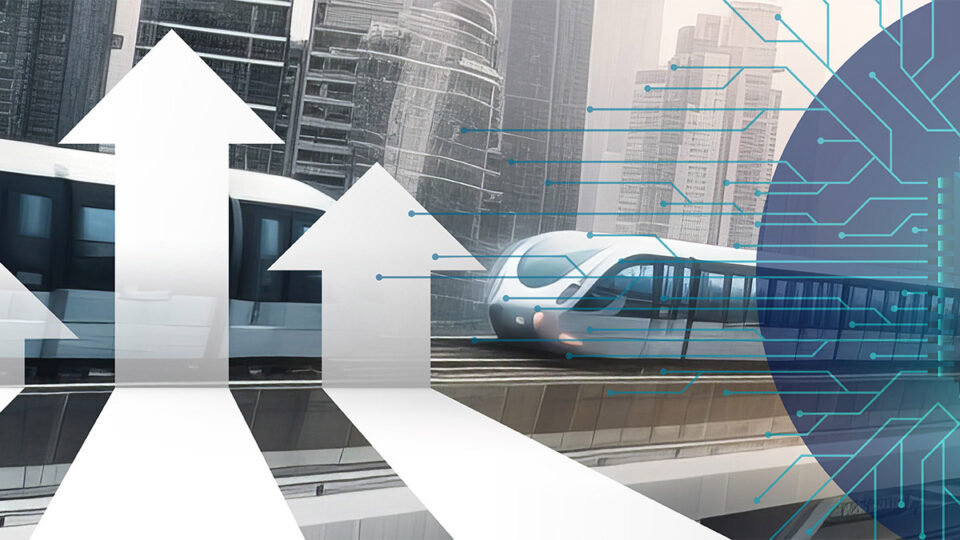
5G – The ultimate solution for ’all-things-mobile’?
It has been already a while, since the term 5G started to pop up here and there. It was already prior 2011, when first critics were skeptical for 5G [1]. Rather soon after that, 5G was already on the ‘sketching board’ of the 3gpp group. In September 2015, 3gpp held a conference [2] to kick off the development of 5G with the first target to put together user scenarios and requirements. The goal to finalize the standard was set to 2020, with trials starting already few years prior that.
Fast forward to June 2016, the first version of 5G requirements were approved in 3GPP SA#72 meeting. The requirements are now compiled to TR22.891, consisting of more than 70 different use cases, which are categorized into following Technical Reports (TR) including massive Internet of Things, Critical Communications, enhanced Mobile Broadband, and Network Operation. [3] While it seems that these technical reports are now ‘final’, there will be still some polishing, fixing and modifications as the ‘iteration phase’ is ongoing until December 2016 and possibly even until March 2017.
Back in the day when the development of LTE standard was started, it was obvious that it was pure evolution to that of 3G. Now, with 5G that goes (and has to go) bit differently, given that there are some requirements and user scenarios, which simply could not be done with pure evolution of LTE. The approach is that there are two parallel paths. There is something that we can call ‘evolution’ and which is extensions and improvements to LTE in a backwards compatible way. Then there is another, more ‘radical’, path, which we could call ‘revolution’ and which is seeking innovative solutions that are not necessarily fully aligned with the ‘evolution’ path.
It has also been obvious that many industry segments, as well as different standards developing organizations, have taken interest in the 5G development. This is also visible when observing the width and depth of the current revisions of the Technical Reports. One example is the recent activity related to the renewal of the mobile railway communication systems. In August 2016, 3GPP SA plenary approved a new study item, tasked to investigate requirements for the new railway communication system.[4] The initiative was brought to 3GPP by ETSI TC RT/NG2R ISG.
5G aims to offer comprehensive mobile network that can be optimized for the needs of any device that is using mobile communication. All the current, recent and coming concepts related to the ‘mobile world’ such as, IoE (Internet of Everything), IoT (Internet of Things), cloud, SDN (Software Defined Networks), TV Anywhere, – just to name a few-, are in the scope of current 5G standards development.
Now, it’s time to revisit the question raised in the title of this blog and, hands down, my answer is YES!
Teleste has also recently started the 5G standardization activities in 3gpp and with some of the related ETSI ISGs, such as ETSI NGP and ETSI TC RT/NG2R.
References
[1] “Interview with Ericsson CTO: There will be no 5G – we have reached the channel limits”. DNA India. 23 May 2011. [Referenced 30.8.2016]
[2] “RAN 5G Workshop – The Start of Something”. 3GPP. September 19, 2015. Retrieved 30 September 2015. [Referenced 30.8.2016]
[3] http://www.3gpp.org/news-events/3gpp-news/1786-5g_reqs_sa1 ] [Referenced 30.8.2016]
[4] http://www.3gpp.org/news-events/3gpp-news/1792-frmcs [Referenced 30.8.2016]
Dr. Jani Väre
Dr. Jani Väre
I’m heading innovation activities in Teleste. Passion for innovations and the eternal search for the ‘next big thing’ keeps me going. See my LinkedIn.



